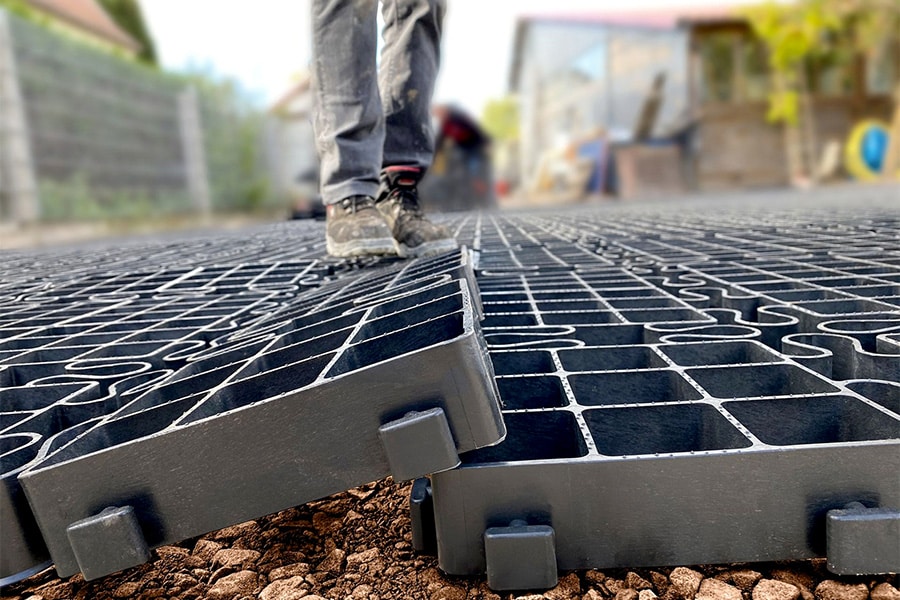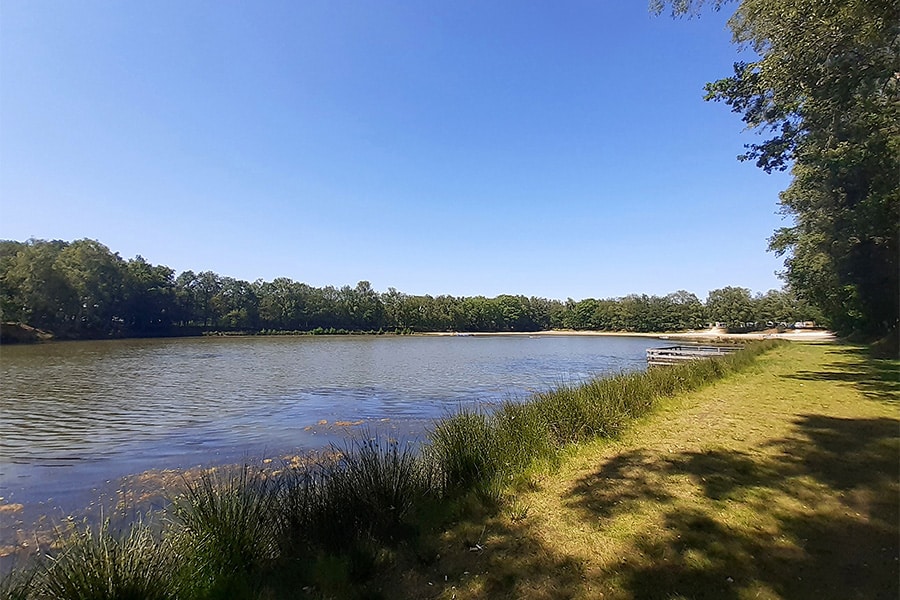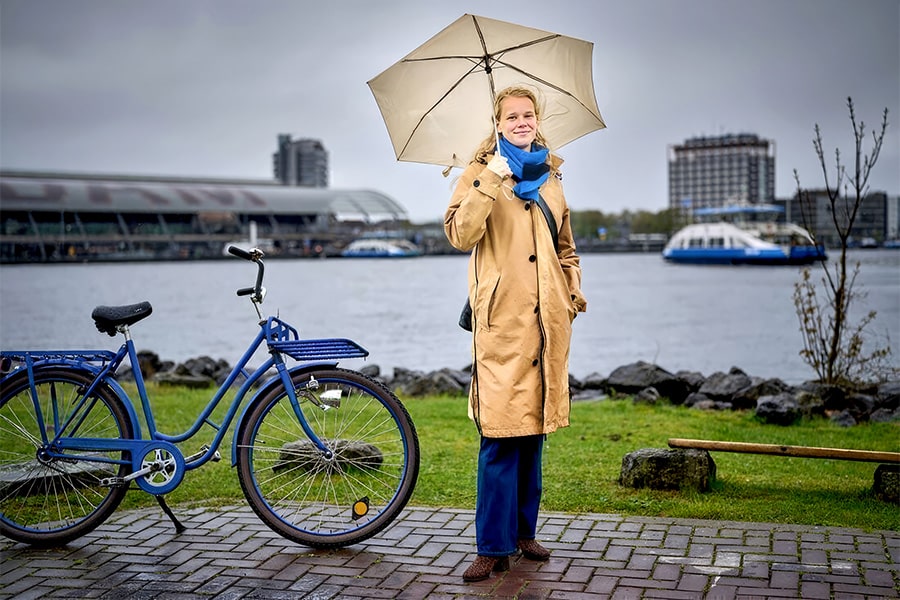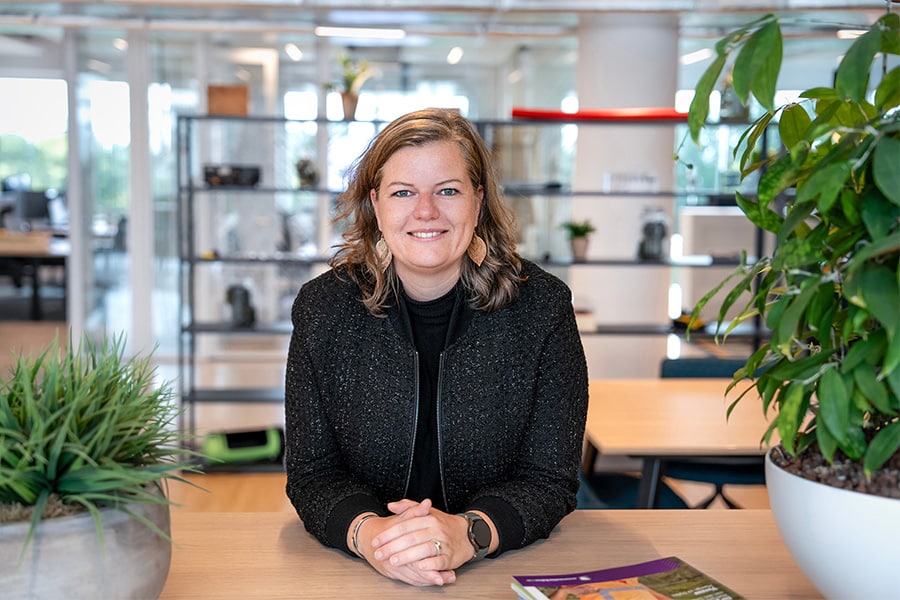
From energy consumer to energy producer
It can almost be called utopian, generating 600,000 kWh of electricity yourself. Yet it is now reality at Nering Bögel in Weert. Thanks to the installation of 2,000 solar panels on the roofs of the country's largest supplier of solutions for drainage, water storage and water treatment, director and owner Richard Janssen can now also call himself an energy producer. With a negative CO2-emissions of about 200 tons (!), the question arises as to why Janssen went for creating this overcapacity. Janssen thinks soberly: "Who is talking about overcapacity here? Surely you can never generate enough power in a society that only needs more energy, rather than less?"

Doing it because you can
Janssen himself thinks it's the most normal thing in the world, but he adds, "We see generating more power than we need ourselves as our contribution to the future. But ... we can do this because we have the resources for it. It is an investment that in our case pays for itself in 8 years, however, I take into account 12 years. The reason I want to publicize it at all is because I hope it will inspire companies that are in the same luxury position as Nering Bögel to do it as well. What I advise against, however, is borrowing money for such an operation. You shouldn't want the dependency you create with that."
With the 200 tons of negative CO2-emissions, Nering Bögel is thus able to distribute them entirely to third parties without compromising on zero emissions itself. In addition to motivating reasons to create a cleaner earth for future generations, there is also a "political" thought behind the installation of the 2,000 solar panels. Janssen: "I agree with national politics that we should not become dependent on other countries when it comes to energy provision. Just look at how blackmailable you become when the gas tap is turned off, Russia did this to Ukraine as recently as 2014. So we need to drastically curb the use of fossil fuels. From that thought, the desire -and the plan- arose to not only produce energy for our own company, but to generate so much energy that we can resupply it."

A good plan requires a good team
With such drastic intentions, the next step for Janssen was to gather a good team around him to get to the finish line. "There was a need for advice and quality equipment. When you start working at the scale involved here, you'd rather not get into a customer-supplier relationship, but a partnership. So I made that clear to the parties we partnered with," Janssen said. "When you pursue a common goal as partners, you keep it sharp and motivated. That way you avoid discussions and ultimately always think in terms of solutions. Our partners in this great energy adventure are Weert Energie, Soltronergy and Lumeneus. Naturally, they come from the Weert area, because working locally also saves CO2-emissions."

The process
What exactly puts the €350,000 investment to work? Janssen outlines, "The solar panels are obviously on the roof and the inverters are inside the building; the panels produce direct current. This direct current then passes through an inverter which turns it back into alternating current. This natural power initially feeds our own power consumers and the rest is for other users, by giving it back to the grid. On Lumeneus' advice, all lighting at Nering Bögel has been converted to LED, equipped with motion sensors. This means that the lights only come on, when needed. Meanwhile, a one-liner has already been created here by the staff.
"Richard doesn't even have to turn off the lights himself anymore."
Janssen does like visual comparisons and, using examples, concludes by explaining what will be offset by the installation: "Then we are talking about 100,000 liters of diesel, 1.8 million car kilometers, 2,100 flights to Paris, 1,000 times around the earth on an electric bicycle, 150,000 days of breathing and some 80,000 Big Macs..."



